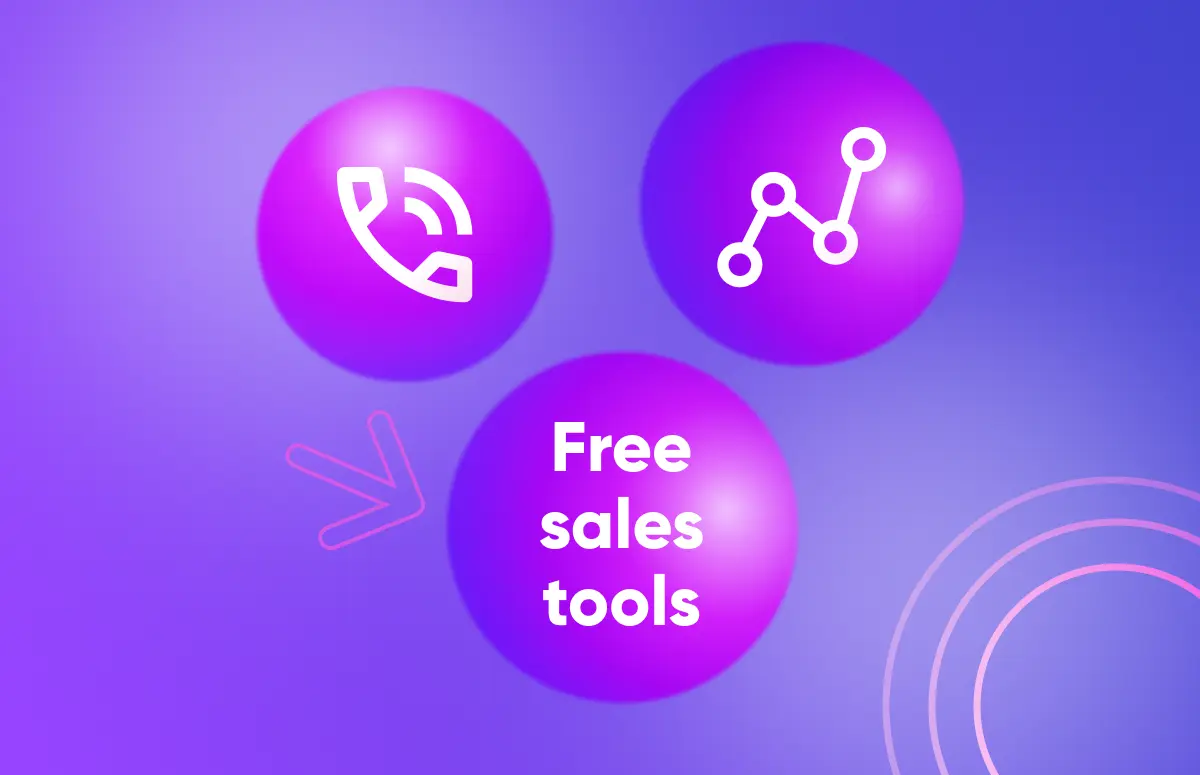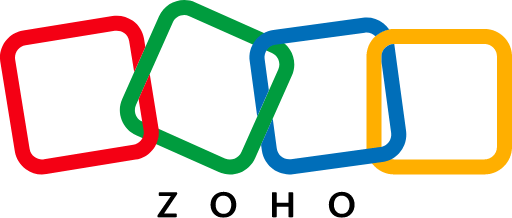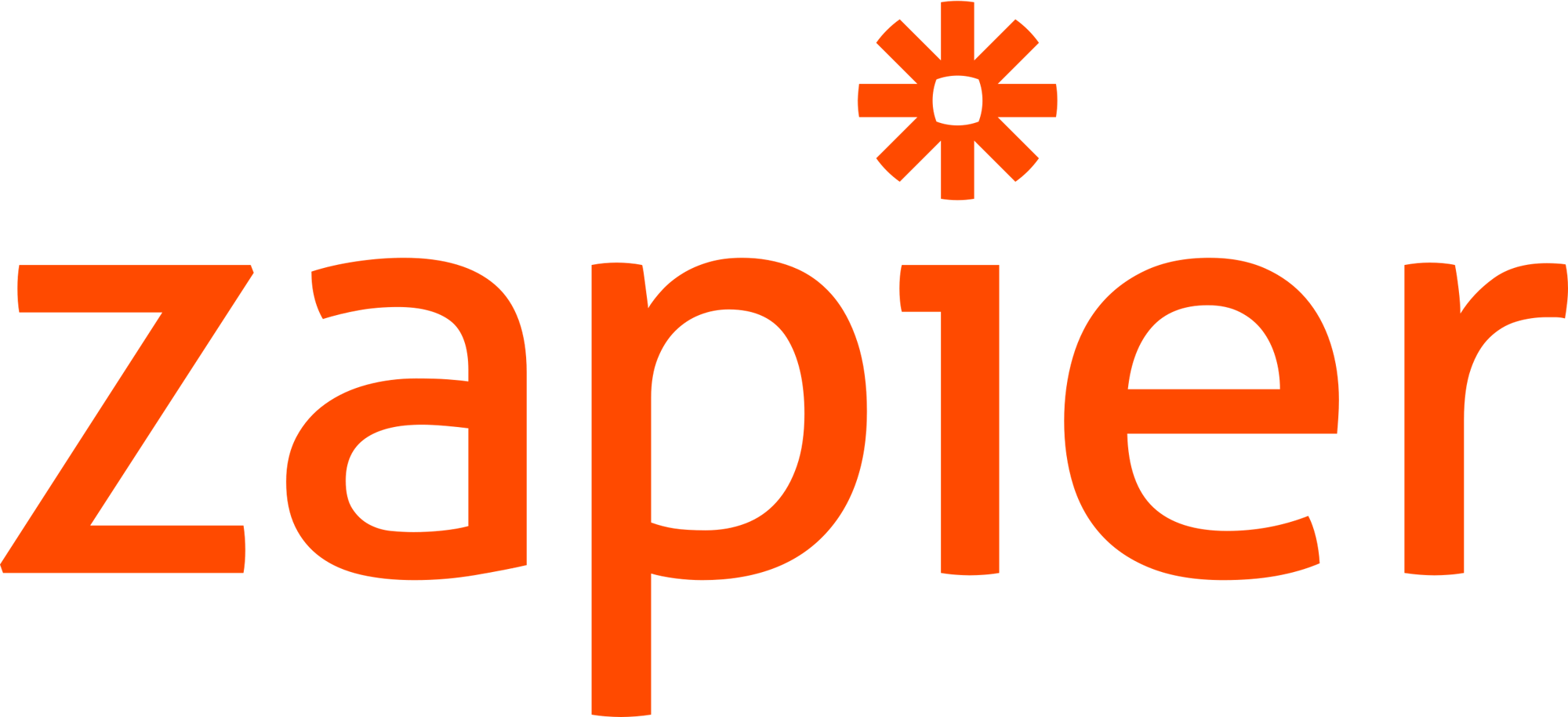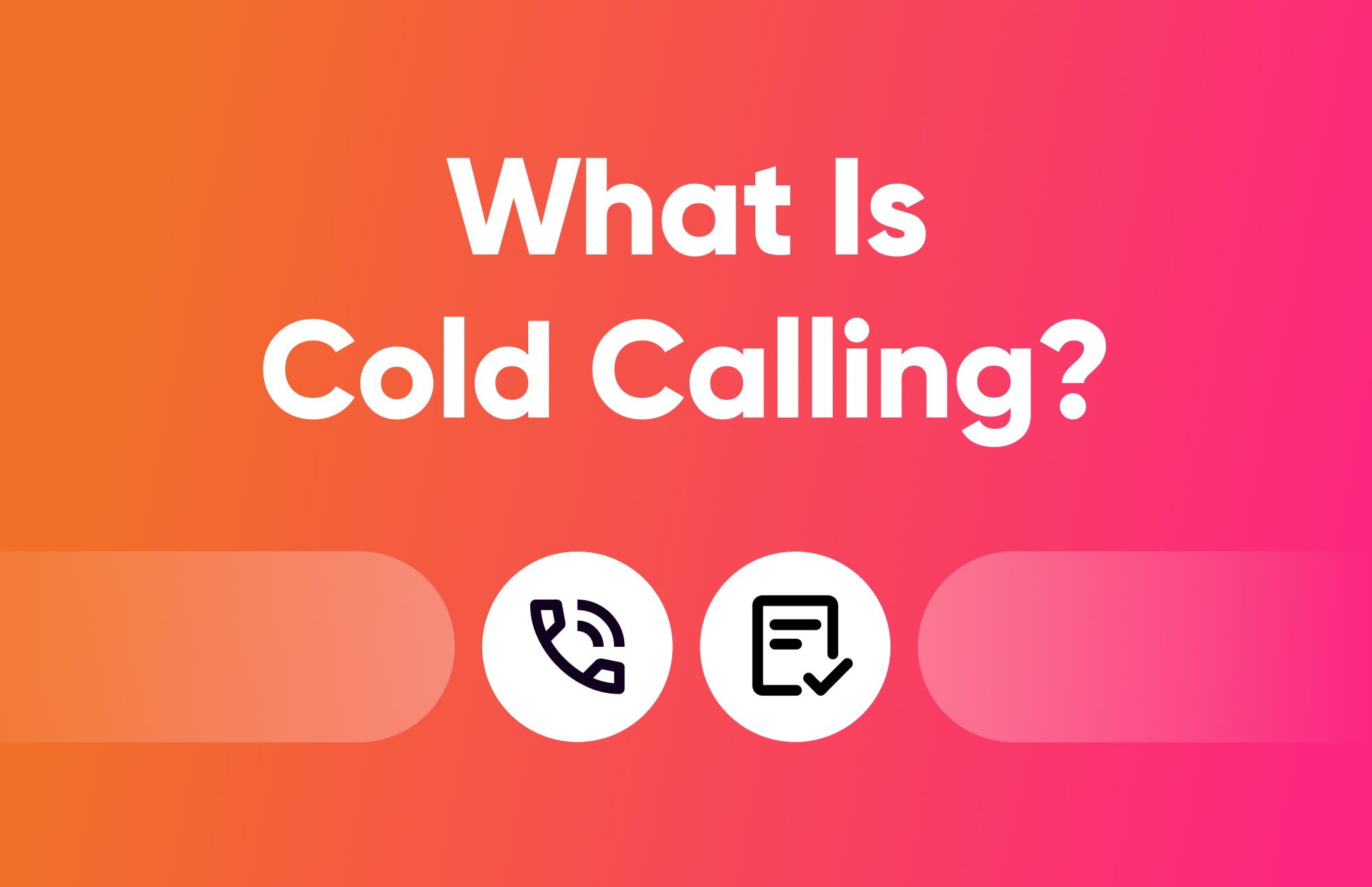
Buyers today expect a personalized experience at every stage of the sales cycle. You need accurate and relevant data to offer the most appropriate solutions. 💯
Sales intelligence is about helping sales and marketing teams find out more about who they’re selling to. It represents detailed contact information, intent, firmographic and technographic information.
Do you want to connect with high-value prospects at the best moment? Say when they need your tool and are most likely to buy it. Sales intelligence provides just that.
This article will cover:
- What sales intelligence is and how it works.
- The top seven tools for implementing sales intelligence effectively.
- How to use sales intelligence best.
Sales intelligence is more than data about potential clients. It’s a comprehensive view combining current market behavior, contact details, and company insights.
So, if you want more leverage to close deals faster, learn how to use sales intelligence tools and integrate them with your CRM system, ensuring data is always fresh and accessible. In this guide, we’ll share the essential pointers.
What is sales intelligence?
Sales intelligence refers to the customer and other information sales reps use to close more deals. The term also includes collecting, analyzing, and applying that data to make informed decisions and enhance sales processes. By leveraging sales intelligence, sales teams hit their objectives, work more effectively, and precisely target qualified accounts.
/Sales%20intelligence/EN_sales-intelligence-card.png?width=600&height=388&name=EN_sales-intelligence-card.png)
Isn’t sales intelligence the same as customer relationship management? No. While both focus on customer data, sales intelligence aims to uncover valuable insights. CRM software like Salesforce uses the information supplied by sales intel to manage and track the customer journey.
Traditionally, sales intelligence was limited to basic data collection. Now, powered by advancements in artificial intelligence (AI), sales intelligence platforms offer predictive analytics (like enhanced Einstein Salesforce Analytics) and real-time insights, enabling sales teams to act quickly and with more relevant information than ever before.
Another thing to consider is that sales intelligence and enablement are two different terms. The former involves analyzing data to make strategic decisions. The latter, in contrast, zeros in on providing tools, training, and resources to improve sales execution.
In other words, sales intelligence tools help sales teams reach the right decision-makers, create relevant outreach, and improve their meeting-booked rate. They feed CRM software with enriched data and reduce bounce rates and numbers that don’t ring.
Sales intelligence data points
Sales and revenue teams should collect the following important data types:
Contact details and demographics
Depending on the type of your intended audience, you may target companies or individuals. In the first case, you need details on location, size, industry, and business years. In the second case, age, gender, location, income, education, and occupation may tell a lot about your potential customers and how you should adjust your sales strategy to meet their needs.
Accurate contact data is needed to reach out to your leads. How can your team cold call or send marketing emails without this information? Tools like Kaspr and Cognism provide contact details so you can get prospecting right away without wasting time finding this data or learning that it’s incorrect.
Kaspr is a tool that’ll have you up and selling from day one. The onboarding process is easy; here’s an interactive demo to show you how Kaspr helps you find contact data on LinkedIn. 👇
Company (or account) data
Firmographics is company data, such as industry position, headquarters location, staff size, account hierarchies, sales revenue, and past performance. Knowing this is essential for tailoring pitches and proposals based on a company’s financial health and willingness to purchase your products or services.
Purchase habits and history
Usually, how frequently a customer buys products and how much they spend can inform their future buying behavior. Moreover, the type of goods in demand can also help optimize sales processes and choose more relevant offers.
Buyer intent data and technographic data
Buyer intent signals denote customer readiness to purchase. Intent data helps to highlight a prospect’s place in the sales funnel. So, for example, if they’ve increased their branded searches for your website, it’s a clear indicator they are problem and solution-aware. They're likely reviewing their options and are in the consideration phase. 👇

If people are somewhere at the awareness stage, you may supply them with educational content. If they’re actively comparing your offerings with those of your competitors, then your sales team can pitch.
Technographics revolve around company details on their technology stack. Are your products compatible with the tools used? Do people already use your competitors’ solution, but can your product fill in the gaps in the tool’s capabilities?
Segmenting clients based on their technographic information can improve sales performance, personalize customer interactions, and boost sales engagement.
Sales event triggers
Suppose a decision-maker in a target company changes roles or a new Head of Revenue is appointed. Or the company receives funding, expands, launches a new product, or merges with another business. These are leading indicators the company may be in the market to buy soon.
These and other events can open up additional sales opportunities, and you need to spot them promptly with the help of sales intelligence software. Here’s an example of a message Morgan J Ingram, Content Creator at Cognism, likes to send to prospects who have just got a new job. ⤵️

Benefits of sales intelligence solutions
Why should sales teams bother about employing these tools? Let’s discuss. 🤔
Better data hygiene
Up-to-date and accurate data on industry trends and customer behavior are critical for informed decision-making and effective resource utilization. A sales intelligence platform provides actionable insights so you can automate sales tasks without fearing that there is a mistake due to human error.
More active sales pipeline
With the help of sales intelligence solutions, sales teams will find more prospects that fit their ideal customer profile (ICP) faster, ensuring a consistent flow of high-quality leads into the sales funnel.
The exact sales intelligence platform can employ data enrichment to offer more insights once those leads are in the pipeline. As such, you can move them faster to a successful deal closure.
Competitive advantage
Imagine outpacing competition and reaching out to a prospect before your rival’s sales team researches and connects with a potential customer. That’s possible with a sales intelligence tool. Sales intelligence can sift through millions of resources to locate undiscovered treasures like hard-to-find contact information, key decision-makers, and leads’ alignment with the company’s target market criteria.
Reduced sales cycles
Sales intelligence can analyze enormous volumes of data much faster than a sales representative. So now, your sales leaders can waste less time scrutinizing sales data and switch to communicating with high-potential leads.
Spending more time with them is beneficial. Why? These prospects progress through the buyer’s journey more quickly, allowing your representatives to move on to new opportunities sooner.
Personalized outreach
Sales intelligence software usually comes with customer segmentation capabilities. Using data-driven insights, you can customize sales calls, emails, and social media posts to a person’s unique requirements and previous interactions with your business.
Not only can a high degree of personalization improve the consumer experience, but it also builds relationships and trust that generic marketing can’t match.
Where does B2B sales intelligence data come from?
- Internal data sources: CRM systems, customer feedback, performance data, service records, and communication history.
- External data sources: Social media, lead databases, news articles, market research reports, company websites, and other public records.
How does sales intelligence work?
The major benefit of sales intelligence is the ability to sustain high-quality data. 🏆
Just think about it. In a rapidly evolving world, the status of your accounts can also quickly change. As customers switch jobs and firms, businesses are purchased, or geographically expand, contact and account data in your CRM quickly deteriorates.
But don’t worry. The best sales intelligence tools seamlessly integrate with CRMs and tech stack, syncing all the data changes in your outbound sales systems.
This combination allows for:
- Lead scoring and sales lead qualification.
- Targeted outreach and messaging.
- Forecasting and trend analysis.
- Email analysis and engagement tracking.
- Identifying cross-selling and up-selling opportunities.
- Acquiring key competitor insights.
Who should use sales intelligence?
Put simply: all members of your sales team, ranging from managers to representatives. If you’re at a larger company, your marketing team would benefit from access, too.
Here is how each person can make the most of sales intelligence data:
- Sales managers: To provide their SDR team with the data they need for a higher success rate.
- Sales development reps: To reach out at the right time, personalize, and have numbers that ring at their fingertips.
- Lead generation specialists: To find and qualify the best leads.
- Revenue operations teams: To ensure all sales operations hit business goals.
How to choose the right sales intelligence tool
So, you’re in the market for a sales intelligence tool? That’s a big step! But how do you pick the perfect one for your team? Let’s break it down.
1. Define your goals
What are you hoping to achieve? Improve lead generation? Streamline your sales process? Pinpoint market trends to maximize revenue? Know your end game to identify which sales intelligence features will most effectively reach your goals.
You’ll also want to consider the data points you need. Do you need a contact details database, or are additional data points like intent, firmographics, and technographics important to you?
2. Research the tools
Research the tools. Evaluate the data accuracy and integrations the tool supports, whether you need to connect it with your CRM system or LinkedIn Sales Navigator.
At this point, you will want to determine the regions where the tool has accurate data. Do you need European data, or is the US a really important market for you?
/%5BPMM%201%5D%20-%20High%20quality%20data%20provider/European%20contact%20data%20map%20%20%202%20(EN).webp?width=700&height=467&name=European%20contact%20data%20map%20%20%202%20(EN).webp)
4. Consider the UX and customer support
Consider user interface usability and customer support. For starters, you might need a tool that’ll get you running quickly (Kaspr can help you there). That’s where user-friendliness and always-on assistance are of the utmost importance.
5. Look at the pricing and reviews
Choose competitive pricing and look through reviews. The tool should offer good value for your investment and won’t hinder growth with steep scaling costs. Don’t know whether it’s worth it? Take a peek at what others say to understand what to expect.
💡 Read through Kaspr’s reviews here.
“I didn’t have to be trained on how to use Kaspr.”
6. Get a demo and test the data
During the research, make a list and cross off the tools that are not suitable. Once it’s over and you’ve got a shortlist, take each contender for a spin. Most companies offer demos, and it’s your chance to discover whether it collects accurate and actionable data, delivers the needed insights, and brings in an ROI.
Tools like Kaspr offer a free trial to check the data quality before committing to a paid plan. Many Kaspr users like to use this trial period to compare Kaspr against other alternatives.
/%5BPMM%202%5D%20-%20Boost%20pipeline/LinkedIn%20Chrome%20Extension%202%20(EN).webp?width=800&height=480&name=LinkedIn%20Chrome%20Extension%202%20(EN).webp)
Wrapping it up on sales intelligence
Sales intelligence is pivotal in closing revenue today. It automates prospecting, supplies actionable insights, and assists sales teams in pinpointing and converting qualified leads effectively.
Are you considering enhancing your sales strategies, shortening cycle times, and securing a competitive edge? Embrace sales intelligence and transform raw data into informed decisions that help your business progress.
Clarify your goals, assess available tools, and select a sales intelligence solution that aligns with your business needs. Act now—request demos and witness firsthand how sales intelligence helps you close more deals.
Check out how Kaspr’s helping individual sales contributors like Thibaut Souyris hit quota. 👇
Accurate European contact data
Get accurate data for your prospects and connect with your favorite sales tool








![15 Best Sales Cadence Software For 2025 [Compared]-festured-image](https://6052405.fs1.hubspotusercontent-na1.net/hubfs/6052405/2023%20-%20Blog/EN%20SEO%20blogs%20%28Clusters%29%20%5B%2B%20FR%2c%20ES%20and%20DE%20variations%5D/Outbound%20sales%20%28cluster%29/Sales%20cadence%20software/EN_sales-cadence-software-card.png)
